
The science is clear, in addition to being fun, learning to play music has a wide range of benefits including improving memory and muscle coordination. Even if you didn’t get a chance to learn music as a child, it is never too late to start! In this article, we’ll give you ten tips to get started with learning music as an adult.
Tip 1: Choose Music You Like
When you decide to learn music, choose an instrument and music that you already like. If you choose something you like the sound of and are interested in, this makes it easier to stay motivated to practice and makes practicing more fun! Have you always loved the thought of playing piano? Do you enjoy the sound of the clarinet? Have you wanted to play drums in a rock band? You should pick an instrument that suits your lifestyle too. If you are constantly on the move, picking a more portable instrument like the clarinet might be preferable. If you have thin walls and cranky neighbors, a digital piano with adjustable volume might be most suitable.
When choosing your repertoire (the music that you’ll be playing), think first about the music that you love. Do you have a favorite song? Have you always enjoyed listening to Mozart? Do you love the idea of being able to improvise a jazz solo? Why not see what it would take to learn these things? If a piece is beyond your level at the moment, consider easier versions, or similar music that’s not quite so advanced in level. For example, there are many abbreviated versions of classics like Beethoven’s Moonlight Sonata and Chopin’s Fantasie Impromptu.
Tip 2: Set Goals

Set realistic goals for what you want to learn and how much time you’re able to spend practicing. Goal setting helps keep you focused and let’s you more easily track your improvements. In setting your goals, think about why you want to learn music in the first place: Is it a fun hobby for you to do at home by yourself? Do you want to jam with your musician friends? Then think about the map to get yourself there. We recommend using the SMART system for setting your goals:
Specific- your goal needs to be specific. (Example: I want to learn how to play the first movement of Beethoven’s Moonlight Sonata, I want to learn how to play the four chords used in my favorite pop song, I want to be able to play through this tricky ten-measure section without stopping)
Measurable- your goal needs to be measurable, can you tell when you’ve met that goal?
Achievable- your goal needs to be realistic for your level of skills and the time you have to devote to practicing. If your goal is to play piano like Yuja Wang in six months, your goal is not achievable.
Relevant- your practice goals need to align with your overall goals in learning music. (Example: do you need to read guitar tabs to play piano at dinner parties for your friends?)
Time-Bound- your goal needs a target date. (Example: Memorize note names in one week).
Tip 3: Consistent Practice
The best way to meet your goals is to practice consistently. Set a practice schedule to help you keep up with your learning. Practice sessions should be regular, and timed such that distractions are minimized. Practice sessions do not need to be too long, around 30 minutes a session is more than sufficient. If even 30 minutes is too long, you can look for multiple free periods in your day in which you can practice from 10 to 12 minutes. You can also plan for multiple “music breaks” in the day, to destress before gearing up for your next task of the day. While you should schedule regular practice, you should remain flexible as well. Sometimes, you might have more pressing things to do than practicing music.
Tip 4: Practice Sections or “Chunks”
Focusing on learning shorter sections of a piece of music, sometimes called “chunking,” will improve the efficiency of your practice sessions. “Chunking” makes the practicing more digestible and what you learn sticks with you better. For particularly difficult sections, you could even go measure-by-measure. To do this, practice slowly from the first beat of one measure to the first beat of the following measure. Once you’ve mastered that measure, build up and practice two measure sections, four measure sections, and so on, increasing the tempo as you go. Depending on how long your practice sessions, you may only learn one difficult measure at a time, but that is okay! This measure-by-measure strategy will help you in the future with other difficult sections and help you to play through the barlines, an all important part of musicality.
Tip 5: Use a Metronome
Whenever you practice, use a metronome. A metronome will keep you honest about your timing - that you’re not slowing down when the music gets difficult and you’re not speeding up when the music gets more lyrical. Even when you are practicing “chunking,” use your metronome. Set the metronome to a slower tempo and slowly practice the difficult sections, that way you can master the fingering and timing. Then, slowly speed up the metronome until you’re at tempo. You may not think that playing “in time” with the metronome is important, but if you want to play with other people, you’re going to need to iron out bad timing habits and be able to play with a metronome.
Tip 6: Record Yourself and Listen to Your Recording

Another great tip for practicing is to record yourself. When we’re playing, it can be hard to focus on all aspects of our music making and really listen to the sound. Recording yourself and listening back to the recording will let you focus on the sound you are creating. You can hear tempo changes, finger flubs, or places where your phrasing could be improved. Then, you can go back and focus on those details in your practice sessions. A teacher can guide you in this at first, but then, through listening, you can become your own teacher.
Tip 7: Listen to Lots of Music
Listen to lots of music! Listening to other people perform the music you are learning can help you learn faster. You might be inspired by certain interpretations or learn about what you don’t want to do. Additionally, listening to other music by the same composer or band, as well as music from completely different genres enriches our ear and understanding of music. The more you listen, the more well rounded of a musician you will be.
Tip 8: Study Music Theory & History

Alongside listening to lots of music, studying some music theory and music history can help round out your musicality and contextualize the pieces you are learning. Music theory will help you make sense of the melodies and chords in your piece, thus making them easier to learn, and you may see similarities in musical structures as you learn more pieces. Music history can show you the changing philosophies of making music over time and can help you to interpret pieces from different time periods.
Tip 9: “Perform” for Other People
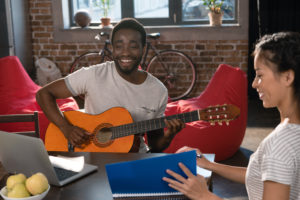
Performing for other people is a fun way to show what you’ve learned. The increased pressure of performing will reveal whether or not you truly know the music. When performing, keep in mind that while we strive for perfection, playing a note-perfect performance is not as common as you’d imagine. Learning how to accept inconsistencies and imperfections is an important part of learning how to perform, because in a performance, you can’t keep starting and stopping, you have to learn how to play through your mistakes. The more you practice performing, the better and more comfortable it will feel, whether it is with a group or by yourself.
Tip 10: Patience
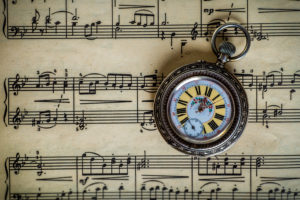
Our final tip may sound obvious, but it is a good reminder: be patient. Learning something new takes time; your favorite musicians have spent years honing their skills, don’t be disappointed or frustrated if you can’t get the same sounds in a short amount of time. If you find yourself feeling frustrated, breathe, slow down and try again, or take a break. Learning music takes time and repetition, so have patience and give yourself grace.
Coda
Learning music as an adult need not be difficult, it’s a fun and healthy pastime. If you’re ready to start learning music, why not give Liberty Park Music a shot? We have courses for piano, guitar, drums, and music theory, so come visit our website and get started!

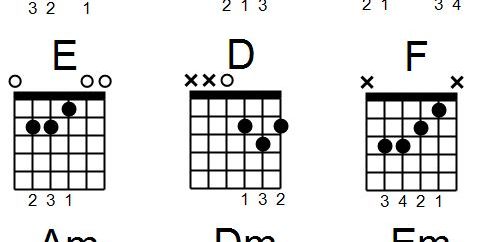

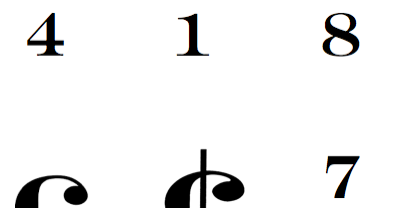
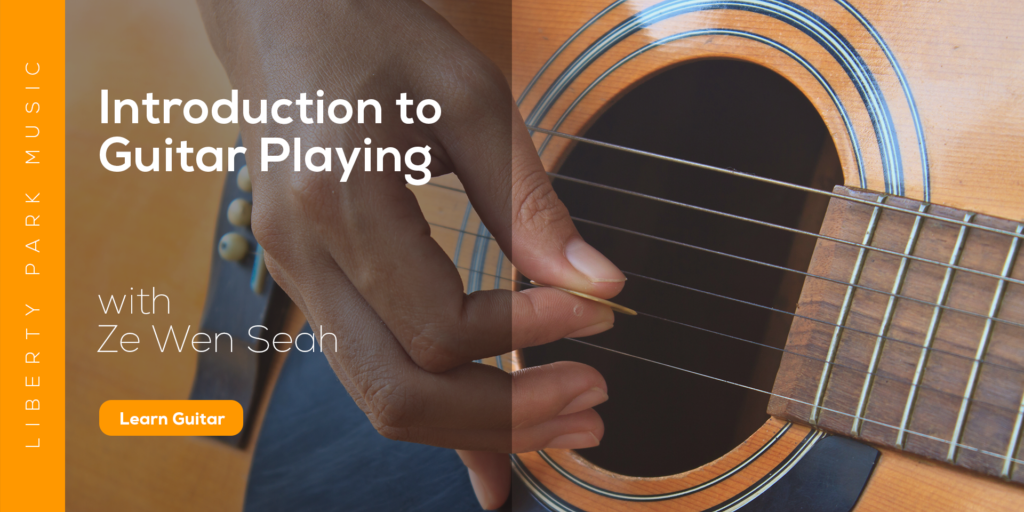
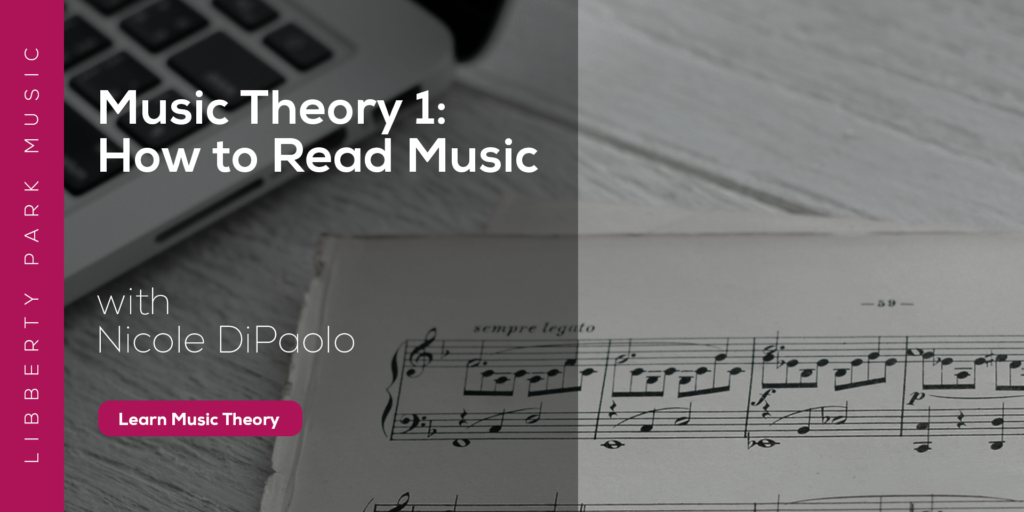
wow am so educacated i wil be pentient and practice more
I do like that you suggested practicing music without doing anything else because you will need to focus while learning it. My husband and I are interested to learn music so we can use it to express our emotions. We’d like to make sure that we’ll have the right mood when we attend our private music lessons, so we’ll make sure to keep our phones off during classes.
I think that practicing is around 70% and talent is 30%. There is definitely a lot of emotions involved which are influencing what and how you play too.
I think there are a lot of ways make learning effective but the most effective way is to make it fun. Learner will sometimes find the topic too boring that their brain might never grasp it or it will just be forgotten right away. So to make the learning stick to the mind of the learner is to make it fun and memorable. Appealing to the emotion makes it memorable. If the teacher could find a way to make this strategy works, then the learner will really learn a lot.